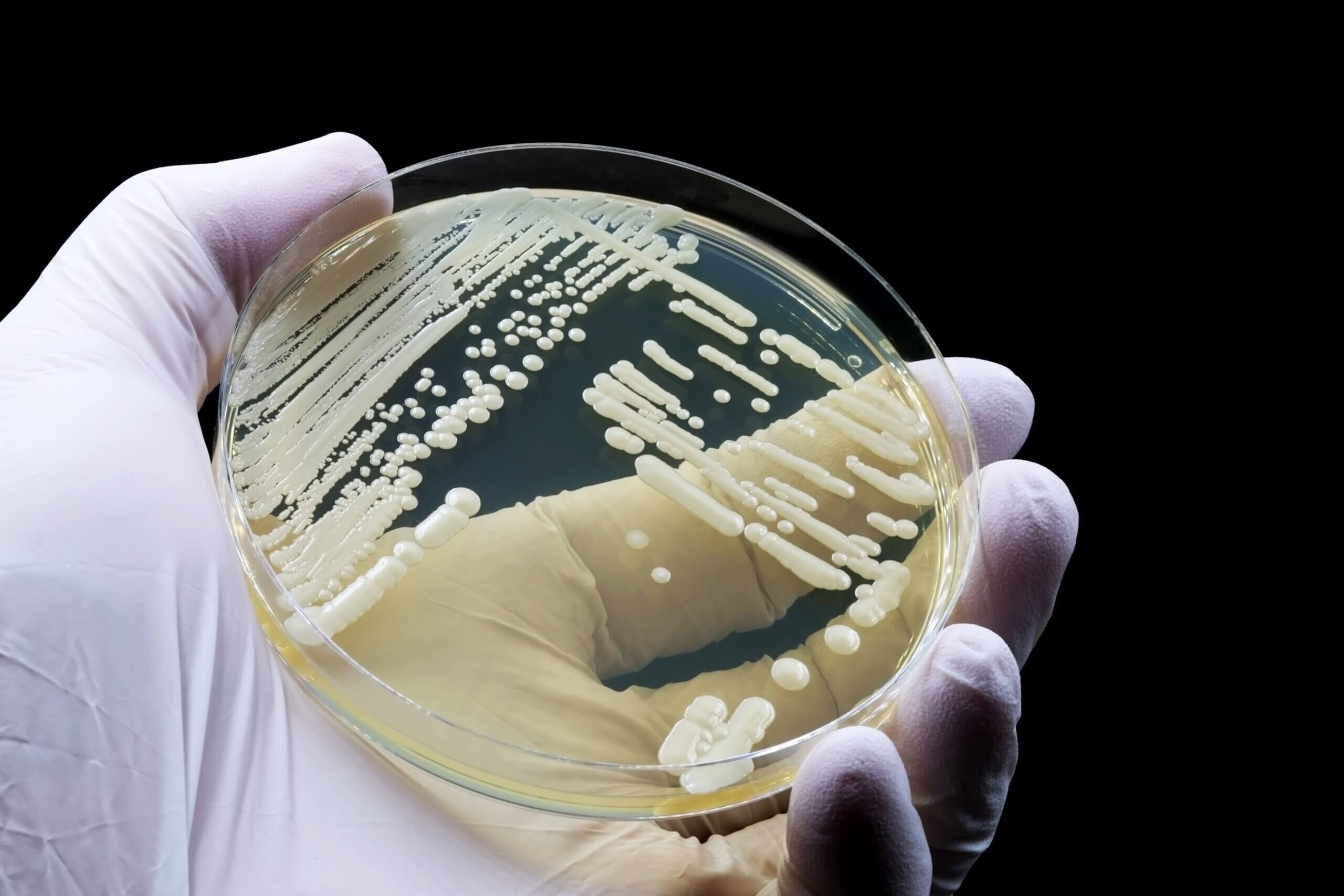The quality, safety, and performance of apparel must be guaranteed in the competitive world of fashion and textiles. Apparel testing services confirm that products meet required standards and regulations before the release of the products in the marketplace. This article discusses important elements of apparel testing and quality control services and highlights relevant international standards for testing various types of textiles and apparel.
Introduction to Apparel Testing
Apparel testing is a term used to refer to a wide range of tests conducted on fabrics and apparel for the verification of properties and the assessment of performance to ensure products are safe for human use. This may involve the testing of various factors related to fabric, e.g., strength, color fastness, chemical composition, flammability, and odor testing. Apparel testing not only reduces risks associated with production but also enhances customer satisfaction through high-performance and reliable products.
Standards & Regulations for Apparel Product Testing
Key standards and regulations in apparel product testing includes:
ISO Standards
ISO 105: ISO 105 is a test standard that outlines the principle and general guidance on how colorfastness properties of textiles may be assessed.
ISO 139: It is a standard test that defines the standard atmospheric conditions under which the conditioning and testing of textiles shall be carried out to obtain consistent and reproducible test results.
ISO 4920: This standard specifies a standardized method for the assessment of the water-repellent properties of textiles by using the spray test.
ASTM Standards
ASTM D5034 is a standard test method for determining the strength and elongation of woven, nonwoven, and other textile fabrics.
ASTM D4966 is a standard test method that outlines the method for testing the abrasion resistance of textile fabrics.
ASTM D5489 is a standard that outlines the standard guidelines for care symbols and instructions for textile products.
AATCC Standards
AATCC 8 outlines the procedure for assessing the colorfastness of textiles to crocking, or the transfer of color from a textile surface to another material by rubbing.
AATCC 15 addresses the test method for determining the colorfastness of textiles against perspiration.
AATCC 100 prescribes a test method for the antimicrobial activity of textile materials.
Certifications for the Apparel Product Testing
- OEKO-TEX® Standard 100
Certification of textile products under the OEKO-TEX Standard 100 ensures that the products are free of harmful substances, hence ensuring their safety for human use. This deals with the entire production process, from raw materials up to finished products, by testing on chemicals such as heavy metals, formaldehyde, and allergens.
- Global Organic Textile Standard (GOTS)
The Global Organic Textile Standard will make sure that the textiles are 100% made from organically produced fibers, determined to meet the highest environmental and social standards along the supply chain. It encloses every phase of production from harvesting raw materials to processing, packaging, and labeling for sustainability and fair working conditions.
Key areas of Apparel Product Testing
Apparel product testing services can be broadly categorized into several key areas, each focusing on different attributes of textiles and garments.
Physical Testing
The physical testing in apparel product testing is basically the testing of fabric and garment durability, strength, and performance under different conditions. Such tests ensure that textiles fulfill the required quality, withstand the average use, and retain their structure throughout their intended lifetime. Thus, physical testing is a very important aspect in identifying weaknesses that could lead to defects, product failure, or consumer dissatisfaction.
Areas of physical testing include:
- Tensile Strength: Measures the resistance of a fabric to a force which will tear or break the fabric before it occurs.
- Tear Strength Testing: Determines the force required to tear the fabric along its length or width.
- Abrasion Resistance Testing: Determines the ability of a fabric to withstand the friction associated with a wear process.
Odor testing
Odour is another type of specific testing in apparel product testing that deals with the evaluation of fabrics’ ability to resist or control unpleasant smells caused either by microbial growth or environmental exposure. This is extremely important in products like sportswear, activewear, and regular wear, where odor control is a prime concern to consumers. Some odor test methods expose the fabric specimens to various odor-producing agents or environments to identify if there is an odour and what its intensity level might be.
Chemical Testing
Chemical testing identifies and quantifies the harmful substances in the textiles, thus ensuring safety for human use. Important tests include:
- Formaldehyde Testing: Detects the presence of formaldehyde, which can cause skin irritation and other health problems.
- pH Value Testing: Determines the acidity or alkalinity of the fabric, which can affect skin comfort.
- Azo Dye Testing: Identifies banned azo dyes that can release carcinogenic amines.
Colorfastness Testing
Colorfastness tests evaluate how well the color of a fabric resists fading. Common colorfastness tests include:
- Colorfastness to Washing: The ability of fabric to resist color fading after several washes
- Colorfastness to Light: The ability of the fabric to resist fading when exposed to light
- Colorfastness to Rubbing: The degree of resistance of fabric to lose its color when rubbed.
Flammability Testing
Flammability testing in apparel product testing determines the propensity for the fabric to ignite and burn. It must pass the flammability requirements set forth. Key tests are:
- Vertical Flammability Test: It defines the flammability behavior of fabric in vertical direction.
- Horizontal Flammability Test: It measures the fabric’s burning performance across a horizontally configured fabric.
- 45 Degree Flammability Test: It defines the flame speed on the exposed fabric that is maintained at an angle of 45 degrees.
Performance Testing
Performance tests estimate how well the fabric is capable of meeting certain functional requirements.
- Water Resistance Testing: The level of resistance the fabric exhibits towards water.
- Moisture Management Testing: A test estimating the fabric’s wicking capabilities of pulling moisture away from the skin.
- Thermal Insulation Testing: A test that measures the fabric’s ability to retain heat.
Antimicrobial Testing in Apparel Product Testing
Antimicrobial testing focuses on the evaluation of the efficacy of textile treatments done to inhibit the growth of microorganisms such as bacteria, fungi, and other harmful species. It is further classified into the following:
- Antimicrobial Efficacy Testing: Assesses the effectiveness of textiles in preventing or killing the microorganisms when they come into contact with the fabric material.
- Durability of Antimicrobial Treatment: The aim of an antimicrobial durability test is to evaluate how well the antimicrobial properties of a textile are retained after each use and washing in order to ensure long-term protection and quality of a product.
Importance of Apparel Product Testing
- Ensuring Consumer Safety: Safety from hazardous substances and substandard materials.
- Quality Assurances: Maintains the brand image and gives a guarantee that a product is of perfect quality.
- Regulatory Requirements: Ensures tested fabrics meet respective legal requirements—a must for marketing in other countries or regions.
- Increase Product Performance: Conducted testing assures that the apparel can meet customers’ requirements and durability.
Risk Mitigation for Textile & Fabric Manufacturing
- Compliance with Regulation: This ensures that the product is safe for the environment and meets the stated norm of the set standards, including ISO, REACH, and OEKO-TEX, to avoid legal penalties and market rejections.
- Minimized Recall Risks: It prevents costly product recalls since the quality and performance of a product are validated before release into the market.
- Improved Customer Satisfaction: It reduces the likelihood of consumer complaints since the clothes produced meet the quality and durability expectations.
- Improved Product Safety: Flammability, antimicrobial, and chemical testing mitigate risks for end-users and increase brand reputation and credibility.
International Standards in Apparel Product Testing
- AATCC 100: A quantitative test method used to determine the antimicrobial effectiveness of treated textile in apparel product testing It determines the number of bacterial populations reduced when a treated textile is tested. The principle of AATCC 100 is applied by exposing a treated textile sample to a known concentration of bacteria and incubating it for some determined period under controlled conditions. The decrease in the bacterial count, then, indicates the ability of fabric to inhibit microbial growth.
- ISO 20743: Describes the methods to determine the antibacterial properties of treated textiles in apparel product testing. A quantitative method measuring the reduction in bacterial growth on textile samples after exposure. The principle involves inoculating textile samples with a specific bacterial strain and incubating these samples under controlled conditions. Upon exposure, measurement of bacterial reduction on a treated textile compared with an untreated control is made to determine the antibacterial effectiveness of the fabric.
- ASTM E2149:ASTM E2149 is the test method for determining in vitro antibacterial efficacy of treated fabrics by exposing that bacterially inoculated sample with materials, allowing the contact between microorganisms and material for specific time periods under dynamic conditions. This test will measure the effect of antimicrobial treatment through a reduction in bacterial populations by the end of the specified exposure time.
- JIS L 1902: This standard specifies a method to assess the effectiveness of antimicrobials on treated textile products. Samples are tested for the reduction of the bacterial population over the textile.The principle of JIS L 1902 involves inoculating a sample of the textile item with bacteria followed by incubation under controlled conditions. The difference in measured bacterial populations on treated samples and a control would determine the degree of antimicrobial effectiveness through the reduction of the bacterial count
- ISO 17299-3: This gas chromatography (GC) method in apparel product testing is used to determine the deodorant characteristic of textiles in presence of odour-causing chemicals like indole, isovaleric acid, nominal, and acetic acid.The principle of ISO 17299-3 includes the determination of the reduction levels of the odor-causing substances indole and isovaleric acid, as determined with gas chromatography after bringing the chemicals in contact with odor-treated textiles. It measures the performance of textile fabrics related to deodorization.
At MIS, we specialize in providing thorough microbiology testing services for antimicrobial-treated textile products. Contact us today to know more about our testing services in textiles.
FAQs
1. Why is apparel testing important?
Apparel testing is important to ensure that the garment has met all the criteria related to quality, safety, and compliance standards. Durability, chemical safety, and optimal performance ensure minimized defects, improved customer satisfaction, and a diminished risk of recalls or regulatory violations.
2. Who conducts apparel product testing?
Apparel product testing is done either by third-party accredited laboratories or in-house quality control teams.
3. What is chemical testing in apparel?
Chemical testing in apparel product testing evaluates fabrics for hazardous substances to ensure regulatory compliance and safeguard consumer health.
4. What is pilling resistance testing?
Pilling resistance testing tests the ability of a textile to resist the forming of small balls of fibre, or “pills” on its surface due to friction.
5. What are the regulatory requirements for apparel products?
The Consumer Product Safety Improvement Act (CPSIA) is a regulation that sets safety standards for consumer products, including apparel. CPSIA regulations cover different aspects of apparel quality control, including lead and phthalate testing, flammability testing, and labeling requirements.














